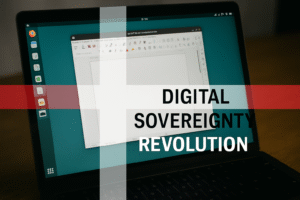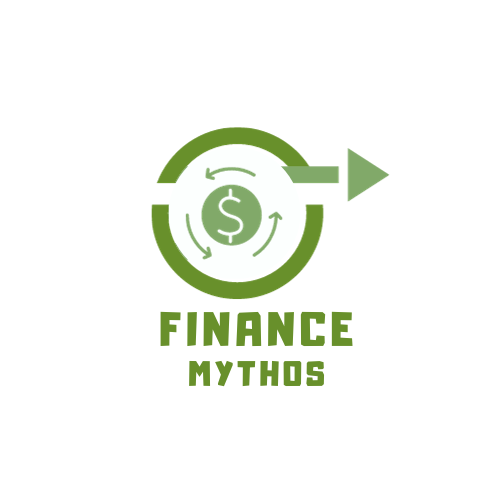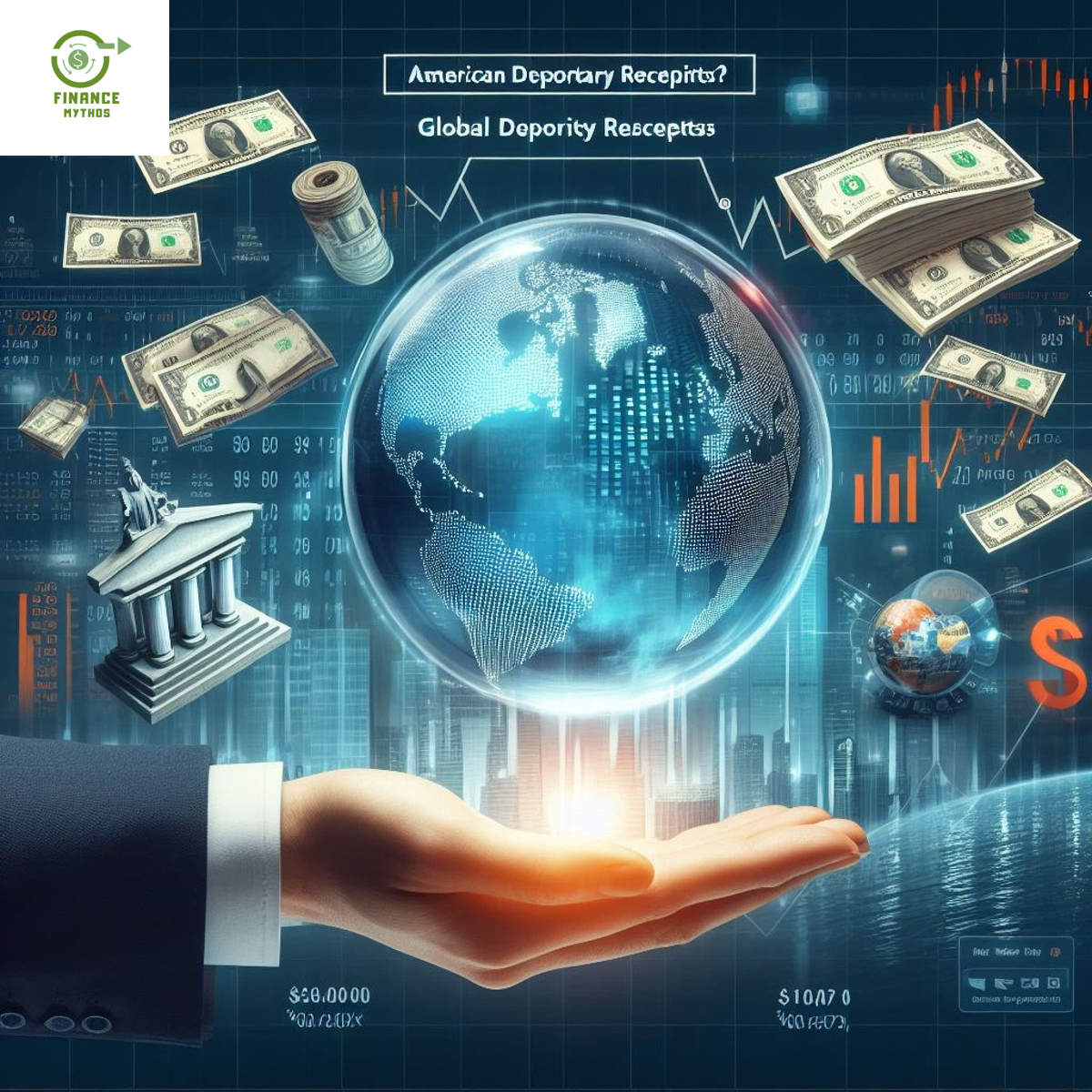Table of Contents
ToggleWhat is American Depository Receipts (ADRs) ?
- Imagine you’re in the United States, and you want to invest in a foreign company’s stock. However, that company’s shares are not directly traded on U.S. exchanges.
- ADRs come to the rescue! They are like “proxy shares” that represent the actual shares of a non-U.S. company.
- Here’s how it works:
- A U.S. depository bank buys a bunch of shares from the foreign company.
- Then, the bank issues ADRs based on those shares.
- These ADRs are listed and traded on U.S. stock exchanges (like the NYSE, Nasdaq).
- So, when you buy ADRs, you indirectly own a piece of that foreign company.
- Example: Let’s say you’re interested in a Japanese tech company. Instead of dealing with Tokyo Stock Exchange directly, you can buy ADRs of that company on the NYSE.
What is Global Depository Receipts (GDRs) ?
- GDRs take things up a notch—they’re like ADRs with a passport!
- Imagine a foreign company wants to raise money by selling its shares in multiple countries simultaneously.
- The company partners with an international depository bank (not just a U.S. bank).
- This bank issues GDRs, which represent the foreign company’s stock.
- These GDRs can be traded in various markets worldwide.
- Example: A Chinese company creates a GDR program. It issues GDRs through a bank into both the London Stock Exchange and the U.S. market.
- So, GDRs allow companies to tap into multiple global markets at once.
In a nutshell:
- ADRs are like your local neighborhood version—they bring foreign stocks to your doorstep (U.S. exchanges).
- GDRs are the jet-setters—they let foreign companies roam freely across different countries’ stock exchanges.
Remember, both ADRs and GDRs provide diversification and expand investment opportunities. 🌎📈

What are the benefits of investing in ADRs and GDRs?
Benefits of ADRs:
Global Exposure: ADRs allow investors to diversify their portfolios by investing in foreign companies without directly dealing with foreign exchanges. You get exposure to international markets without leaving your home country.
Currency Diversification: Investing in ADRs exposes you to the currency of the foreign company, providing a natural hedge against currency risk.:
- If you’re a U.S. investor and the dollar weakens, gains from your ADRs denominated in other currencies (like euros or yen) can offset losses in your U.S. investments.
Liquidity: ADRs are traded on major U.S. exchanges, which means they are more liquid than directly investing in foreign stocks. You can buy and sell ADRs easily.
Access to Specific Sectors: ADRs allow you to invest in specific sectors or industries that might not be well-represented in your home market. For instance, if you’re interested in Chinese tech companies, ADRs provide an avenue to participate in that growth.
Benefits of GDRs:
Global Reach: GDRs take the concept of ADRs a step further. They allow companies to raise capital from investors across different countries simultaneously. Benefits include:
- Access to a broader investor base.
- Increased visibility and credibility for the issuing company.
Listing Flexibility: GDRs can be listed on multiple exchanges worldwide. This flexibility attracts international investors and enhances liquidity.
Currency Choice: GDRs can be denominated in various currencies (e.g., U.S. dollars, euros, or pounds). Investors can choose the currency that aligns with their preferences.
Investment Opportunities: By investing in GDRs, you can participate in the growth stories of companies from diverse regions, such as Asia, Europe, or Latin America.
In summary:
- ADRs offer convenience and exposure to specific foreign companies.
- GDRs provide global reach, flexibility, and investment opportunities across borders.
Remember, both ADRs and GDRs come with risks, so it’s essential to research and understand the specific companies and markets before investing. 🌍
What are the risks of investing in ADRs and GDRs?
Certainly! Let’s explore the potential risks associated with American Depository Receipts (ADRs) and Global Depository Receipts (GDRs):
Risks of ADRs:
Currency Risk: ADRs are typically issued in foreign currencies, making returns susceptible to fluctuations in exchange rates. For example:
- If the U.S. dollar strengthens against the foreign currency, your ADR investment may lose value when converted back to dollars.
Country-Specific Risks: Investing in ADRs exposes you to the economic, political, and regulatory risks of the foreign country. These risks include:
- Alterations in government policies
- Currency controls.
- Legal uncertainties.
Liquidity Risk: Although ADRs are more liquid than direct foreign stocks, they can still experience liquidity issues, especially for smaller companies or less-traded ADRs.
Accounting Differences: ADRs adhere to the accounting standards of the foreign country of origin, necessitating a thorough understanding of these variances for precise financial evaluation.
Risks of GDRs:
Market Risk: GDRs are subject to market fluctuations. If the overall market declines, GDR prices may fall.
Geopolitical Risks: GDRs represent companies from various regions. Geopolitical tensions, conflicts, or economic instability in those regions can affect GDR values.
Conversion Risk: When you convert GDRs back to your home currency, exchange rate fluctuations can impact your returns.
Issuer-Specific Risks: Consider the financial health and business prospects of the issuing company. GDRs of financially weak companies carry higher risks.
Mitigating Strategies:
Research: Understand the specific ADR or GDR you’re interested in. Analyze the company, its financials, and the country’s economic conditions.
Diversification: Spread your investments across different ADRs or GDRs to reduce concentration risk.
Stay Informed: Keep track of news related to the foreign company, industry, and global events.
Remember, while ADRs and GDRs offer international exposure, they come with unique risks. It’s essential to balance potential rewards with these risks based on your investment goals and risk tolerance. 🌍📉

Jugaad on Two Wheels: The Hilarious Bike Parcel Hack in Karnataka
The Great Karnataka Bike Parcel Hack: A Jugaad Masterclass #RapidoParcel: In a creative yet controversial move, ride-hailing platform Rapido has found a way around Karnataka’s

Denmark’s Digital Sovereignty Revolution: Linux and LibreOffice Lead the Way
Introduction to Denmark’s Bold Move In June 2025, Denmark’s Ministry of Digital Affairs made headlines by embracing digital sovereignty, ditching Microsoft Windows and Office 365

🏏Sports as a Business Strategy: Insights from Vijay Mallya’s RCB Ownership
🧠 Sports as a Business Strategy (Tool) In modern business, few platforms offer better engagement and emotional connection than sports. From football clubs in Europe

🙏 Apologies in Leadership: Vijay Mallya Public Apology
🧠 Introduction: The Role of Apologies in Leadership In the corporate world, apologies aren’t signs of weakness—they’re strategic acts of leadership. When made with sincerity

Audiobook Production Costs: Navigating Recording Artists, Studio Expenses, and AI’s Impact
The audiobook industry is booming, with over 130 million listeners in the U.S. alone in 2021 and a growing global appetite for audio content. Producing

Media Trial of Vijay Mallya: How Public Perception Shaped Vijay Mallya’s Legacy
Introduction: Media’s Influence on Business Narratives In today’s hyper-connected world, media narratives can make or break a business reputation. For Vijay Mallya, once known as

